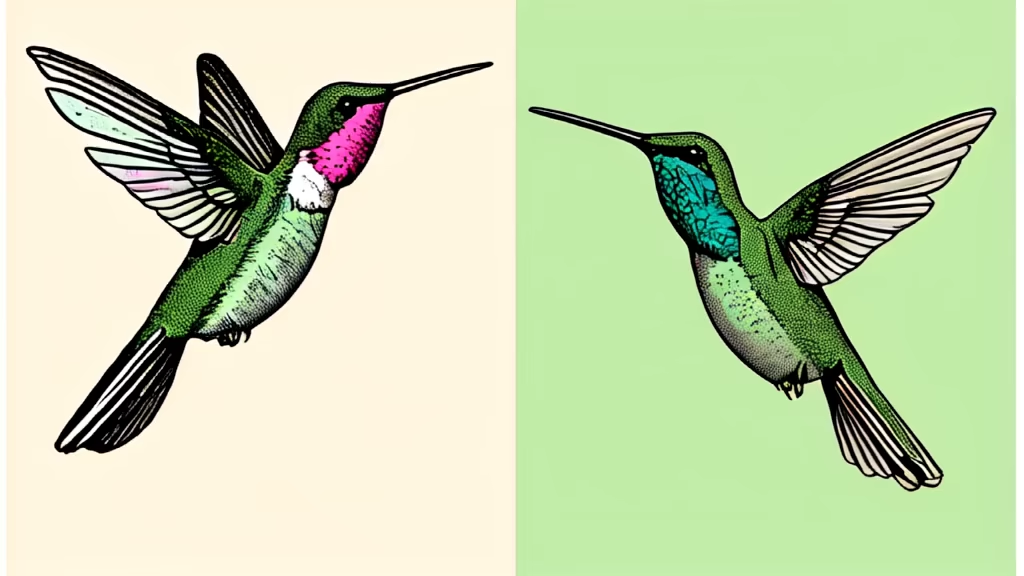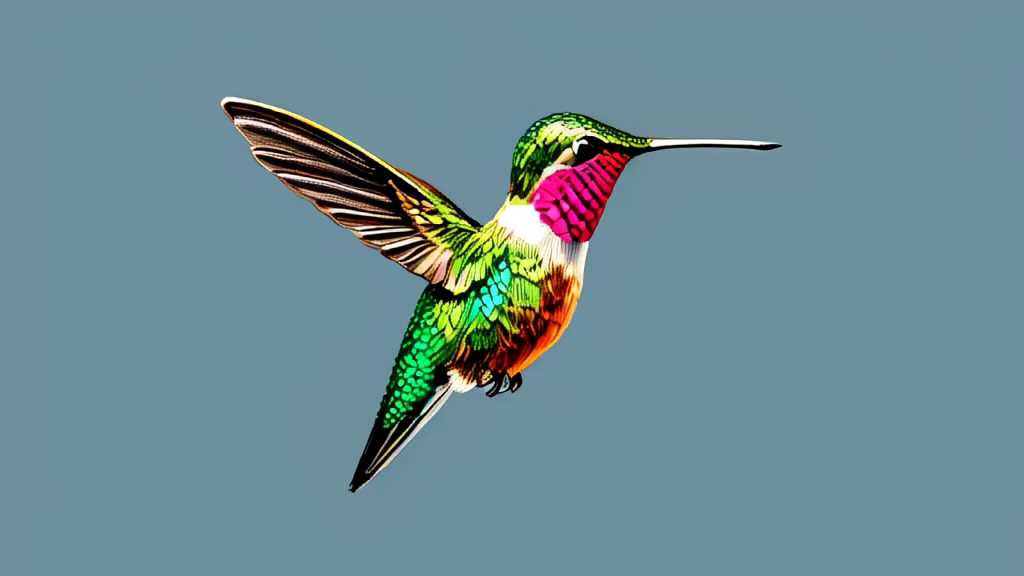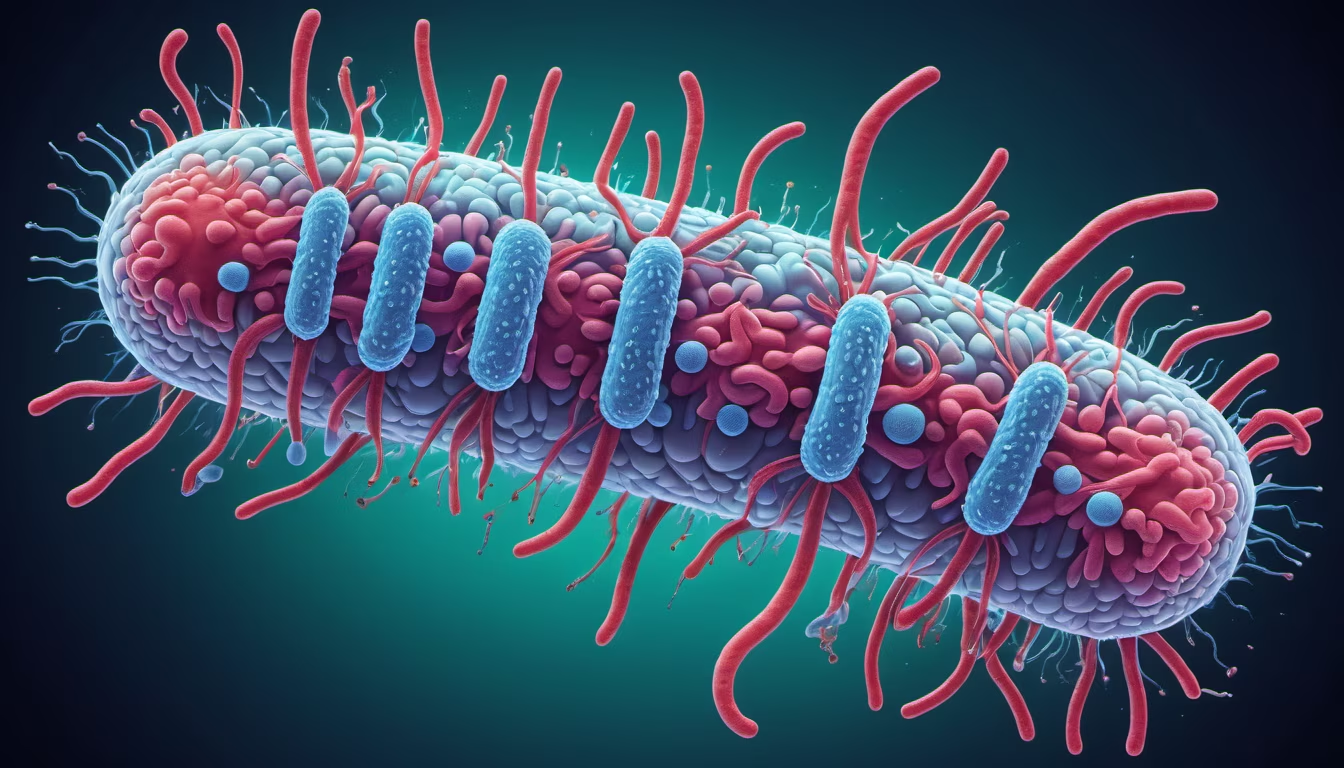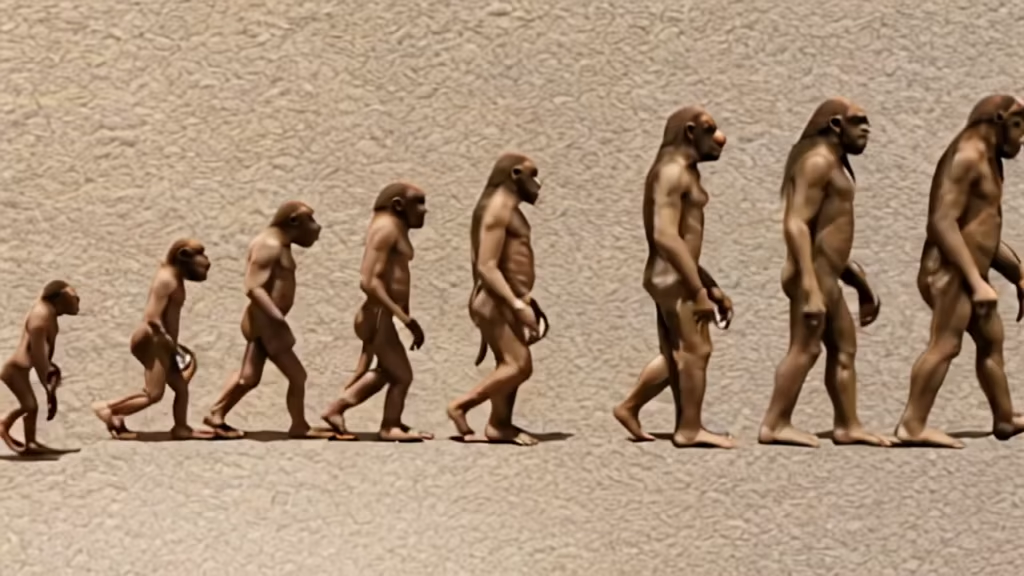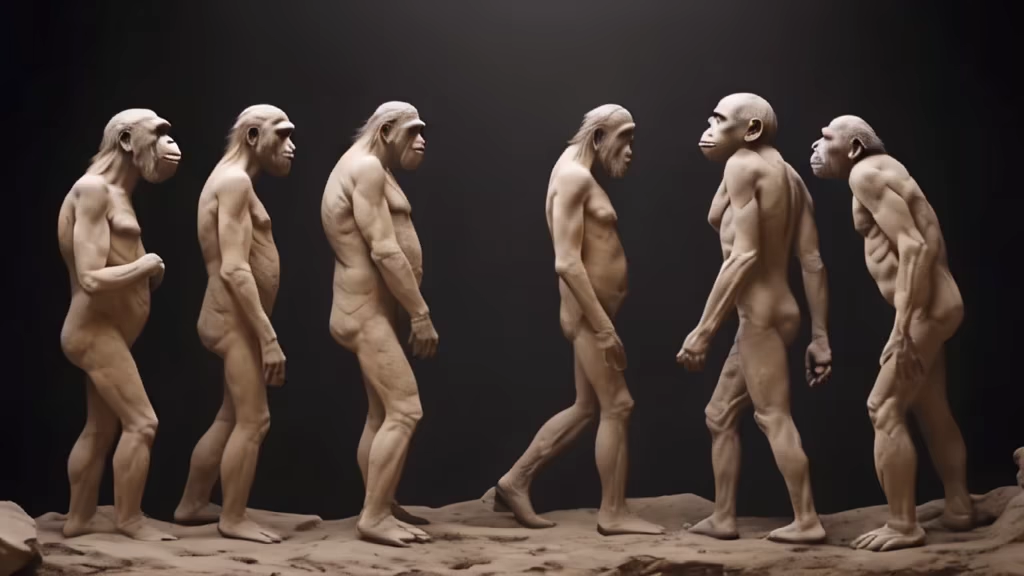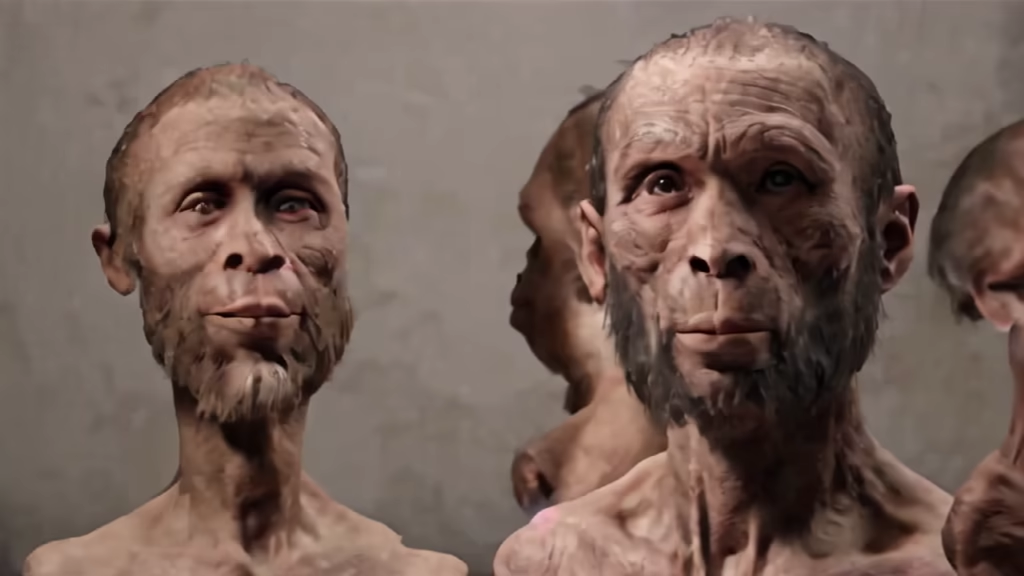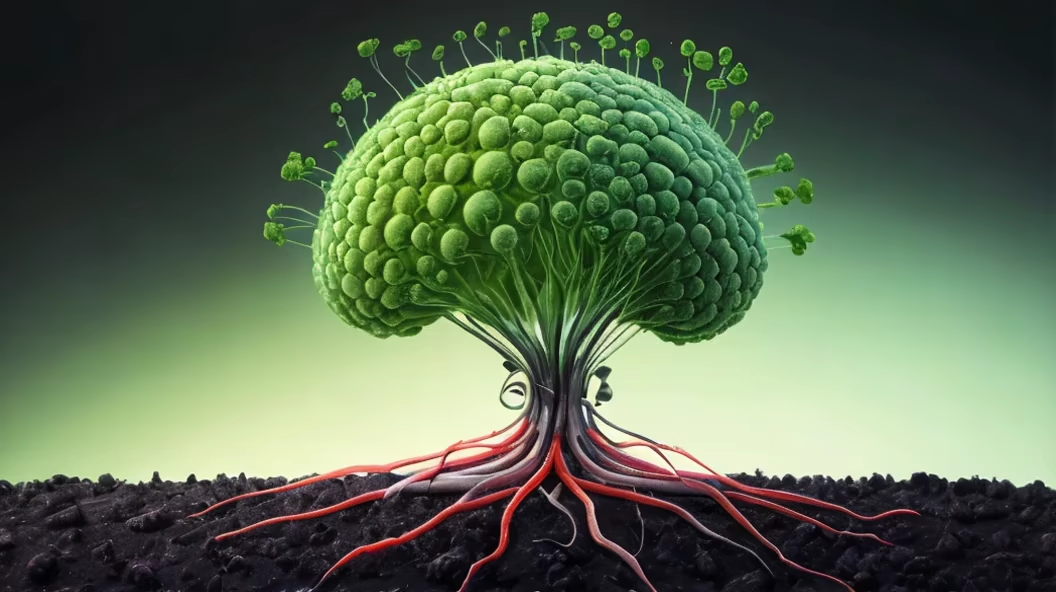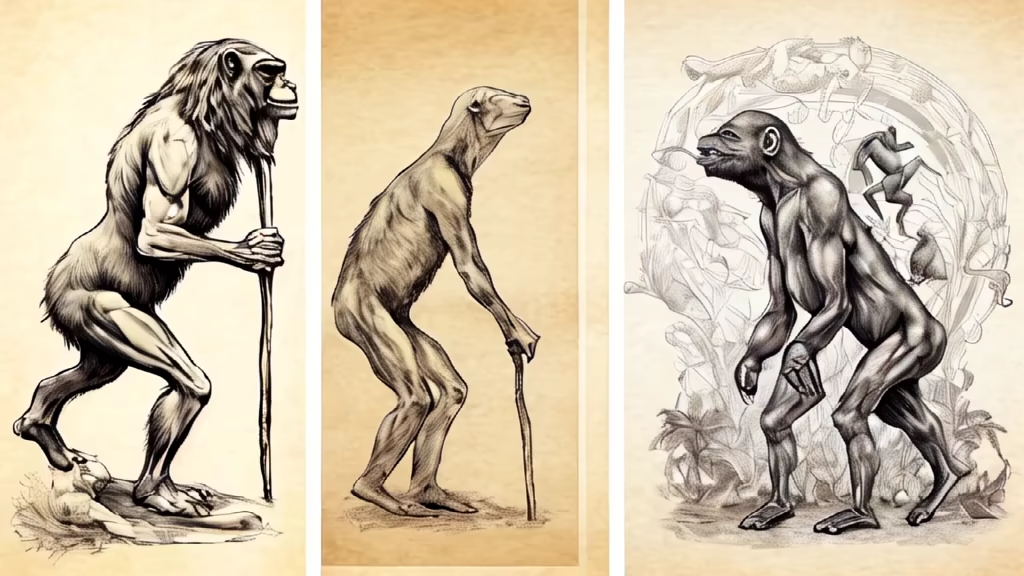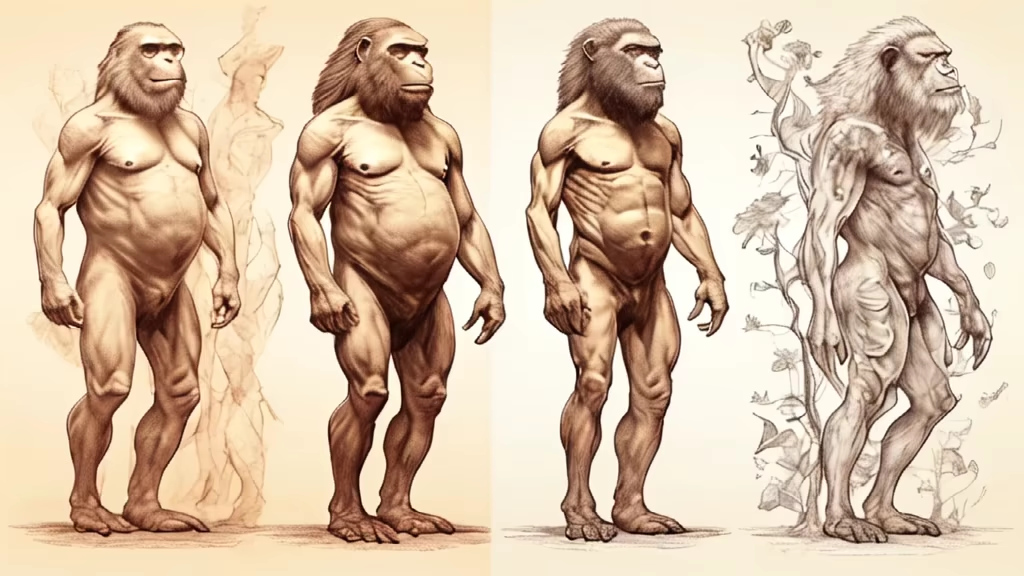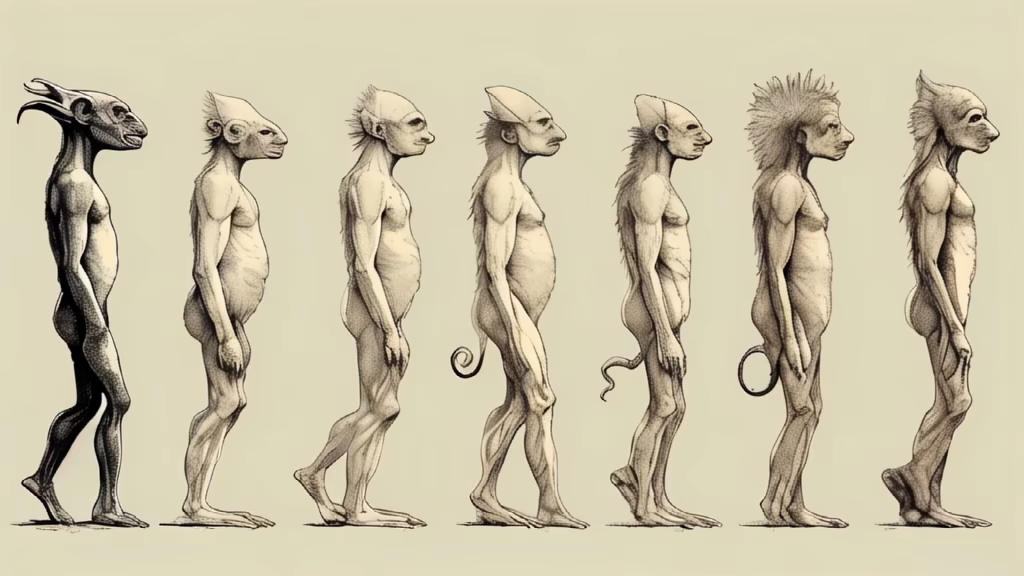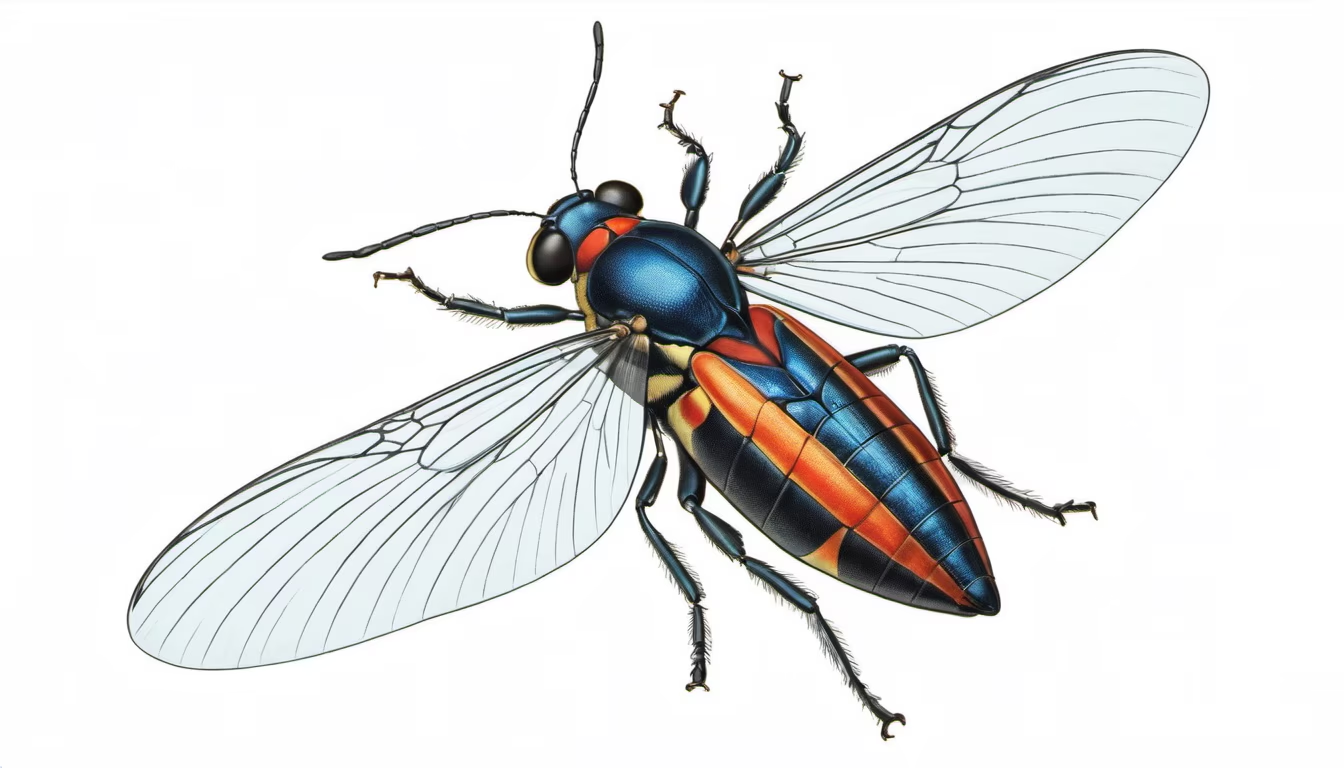



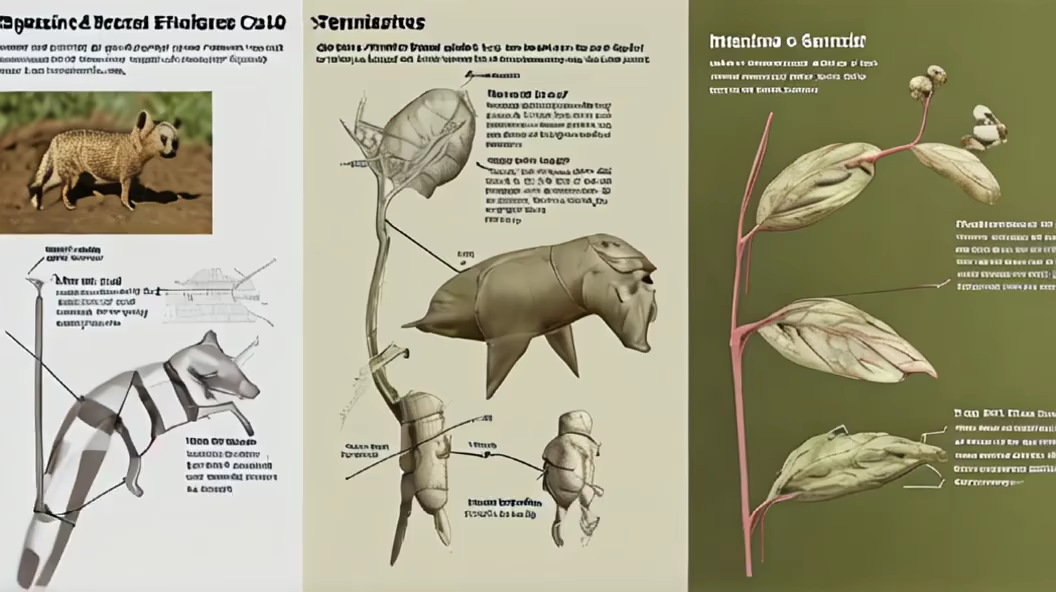

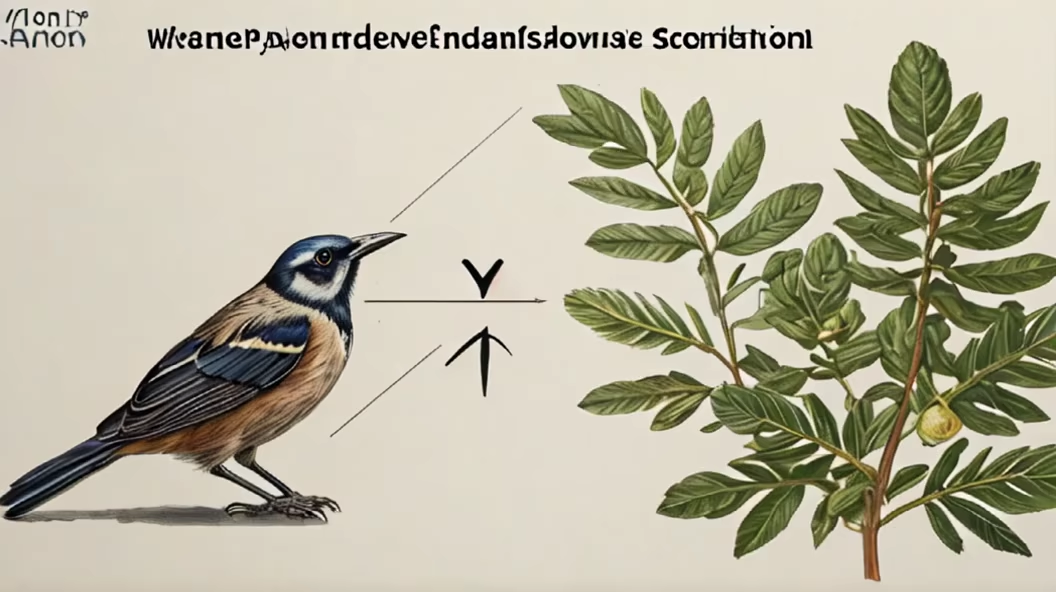
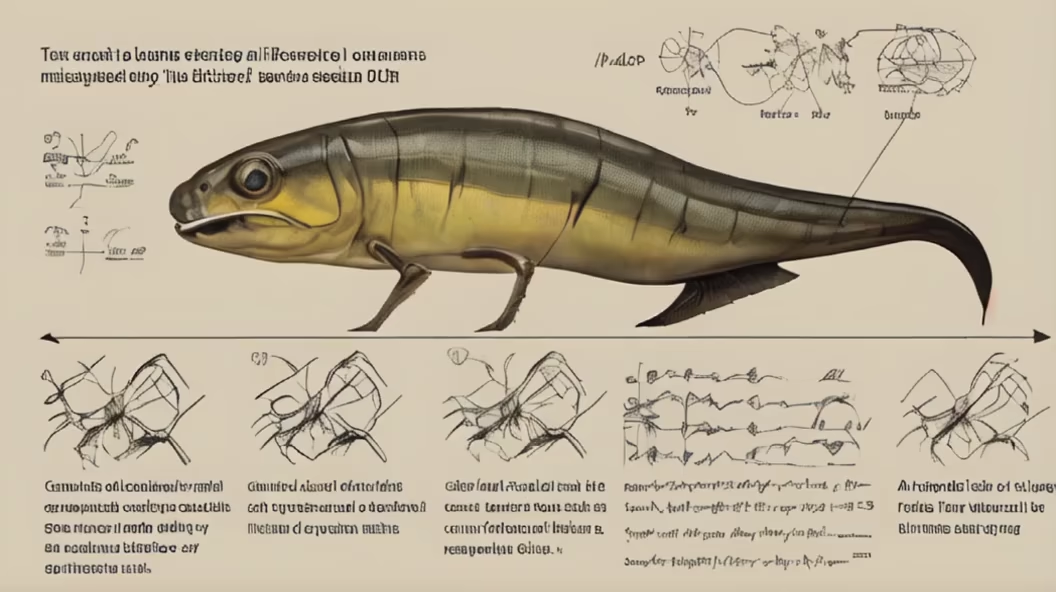
Prompt: a draw about what could have caused the mass extinction of dinosaurs at the end of the Cretaceous period
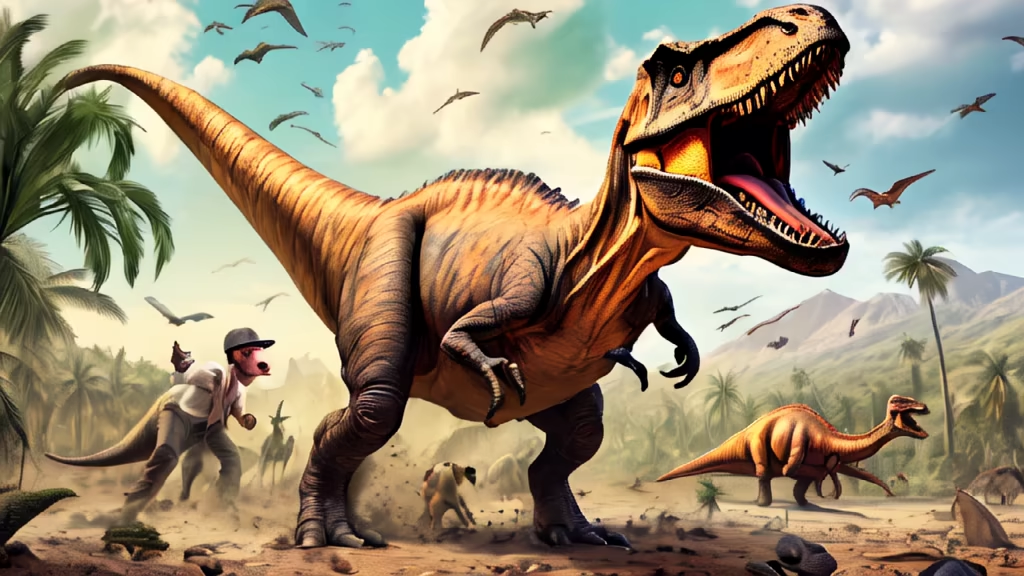
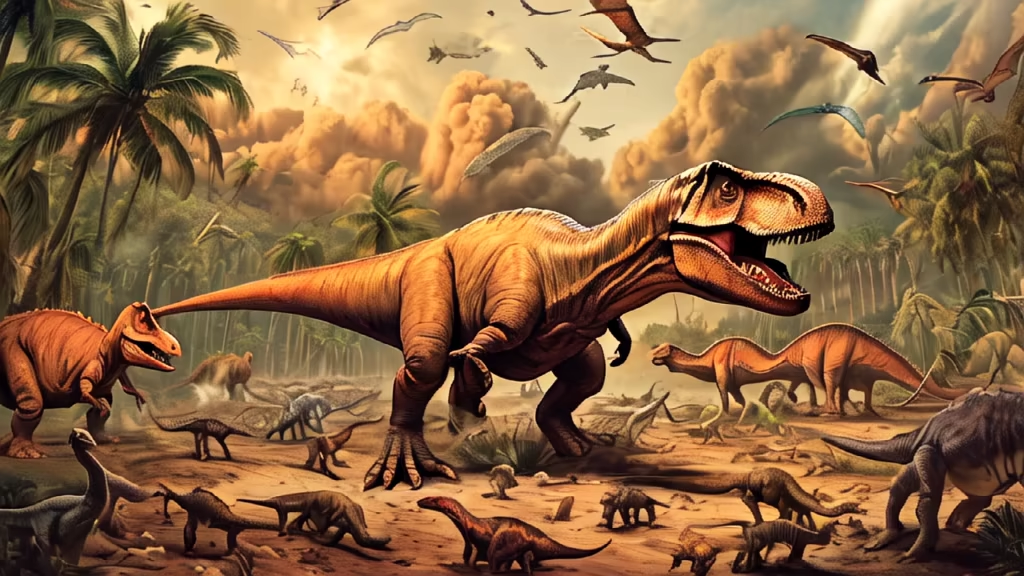


Prompt: evolution from chimpanzee can be understood by examining the shared ancestry and the subsequent development of distinct traits that have culminated in the modern human species. Around 6-7 million years ago, humans and chimpanzees shared a common ancestor. This common ancestor likely resembled a chimp-like creature with some human-like traits. Over time, due to various environmental and genetic factors, including adaptations to new habitats and changing climates, the species diverged. One of the most notable differences between humans and chimpanzees is bipedalism or walking on two legs. The ability to walk upright is a defining characteristic of the human species and allowed our early ancestors to efficiently navigate the African savannah. This adaptation freed up the hands for other activities like tool use and eventually enabled the development of our sophisticated manual dexterity. Another significant evolution occurred in the brain. Human brains are much larger, relative to body size, compared to chimps. This increased brain size is associated with the development of higher cognitive functions, such as language, complex problem-solving, and rational thinking. The expansion of the brain also coincided with the development of more complex social structures and cultural advancements. Further differences can be observed in physical features such as the structure of the pelvis, limb proportions, and vocal apparatus. The human pelvis is wider and more bowl-shaped, facilitating bipedal locomotion and childbirth. Humans have longer legs relative to arm length compared to chimpanzees, which aids in efficient walking and running. The structure of the vocal apparatus in humans allows for a wide range of speech sounds, enabling complex language and communication. Although humans and chimpanzees have many shared genetic similarities, there have been numerous genetic changes over millions of years to produce the distinct traits observed in humans today. These changes can be attributed to a combination of natural selection, genetic mutations, and environmental pressures. In summary, human evolution from chimpanzee involved key developments such as bipedalism, larger brains, enhanced cognitive abilities, changes in physical features, and the development of complex language and culture. These evolutionary changes have led to the emergence of Homo sapiens as a distinct species, with unique characteristics that separate us from our ape relatives.


Prompt: evolution from chimpanzee can be understood by examining the shared ancestry and the subsequent development of distinct traits that have culminated in the modern human species. Around 6-7 million years ago, humans and chimpanzees shared a common ancestor. This common ancestor likely resembled a chimp-like creature with some human-like traits. Over time, due to various environmental and genetic factors, including adaptations to new habitats and changing climates, the species diverged. One of the most notable differences between humans and chimpanzees is bipedalism or walking on two legs. The ability to walk upright is a defining characteristic of the human species and allowed our early ancestors to efficiently navigate the African savannah. This adaptation freed up the hands for other activities like tool use and eventually enabled the development of our sophisticated manual dexterity. Another significant evolution occurred in the brain. Human brains are much larger, relative to body size, compared to chimps. This increased brain size is associated with the development of higher cognitive functions, such as language, complex problem-solving, and rational thinking. The expansion of the brain also coincided with the development of more complex social structures and cultural advancements. Further differences can be observed in physical features such as the structure of the pelvis, limb proportions, and vocal apparatus. The human pelvis is wider and more bowl-shaped, facilitating bipedal locomotion and childbirth. Humans have longer legs relative to arm length compared to chimpanzees, which aids in efficient walking and running. The structure of the vocal apparatus in humans allows for a wide range of speech sounds, enabling complex language and communication. Although humans and chimpanzees have many shared genetic similarities, there have been numerous genetic changes over millions of years to produce the distinct traits observed in humans today. These changes can be attributed to a combination of natural selection, genetic mutations, and environmental pressures. In summary, human evolution from chimpanzee involved key developments such as bipedalism, larger brains, enhanced cognitive abilities, changes in physical features, and the development of complex language and culture. These evolutionary changes have led to the emergence of Homo sapiens as a distinct species, with unique characteristics that separate us from our ape relatives.
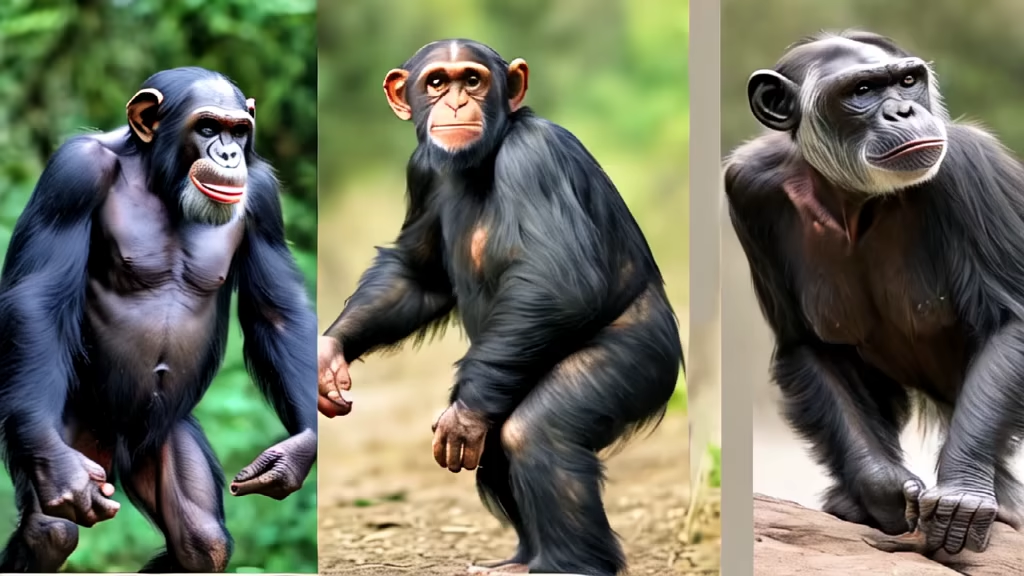
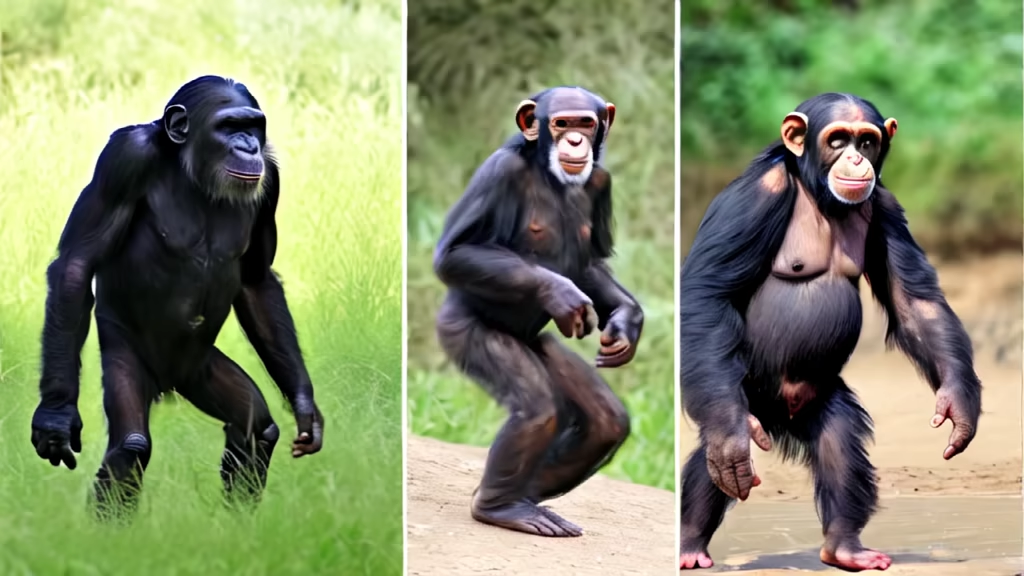
Prompt: The image remains intact,A little female white-haired kitten named \\\\\\\"Cute Cat\\\\\\\" is wearing a cute school fit and carrying a bag on her back. She is riding a bicycle in an anthropomorphic state in the schoool. On the road, hers expression is very happy. The background is the school. The overall tone is refreshing white and warm colors. The transparent/translucent effect gives the picture a more contemporary feel. The cat has cute markings on its body, and this outfit shows off a cute style. her eyes are blue and white, cat size takes up half of the frame, re, 4:3




Prompt: Generate an image where the parrot uses symbolic elements in its stories, such as metaphorical landscapes or characters, to convey deeper meanings.


Prompt: Deux personnes en conversation intime, une semblant vulnérable, l'autre rassurante, cadre confortable et luxueux, éclairage doux et chaleureux, Canon EOS C300 Mark II, film Fujifilm Eterna 500, palette de couleurs chaudes, sentiment de faux confort --ar 21:9, cinematic
Negative: ugly, dimorphic, low and bad quality , smartfull light,
Style: Analog Film




































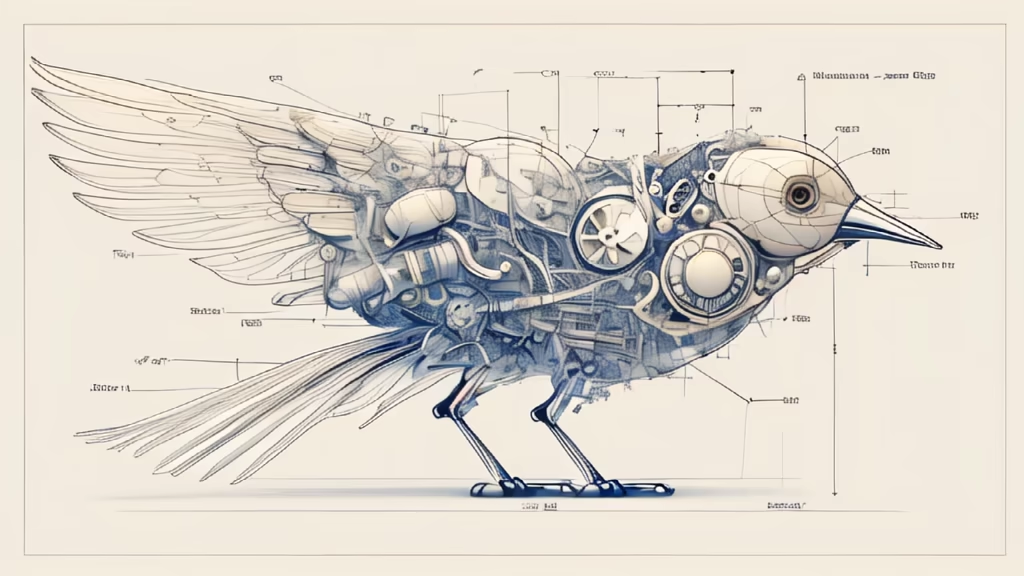
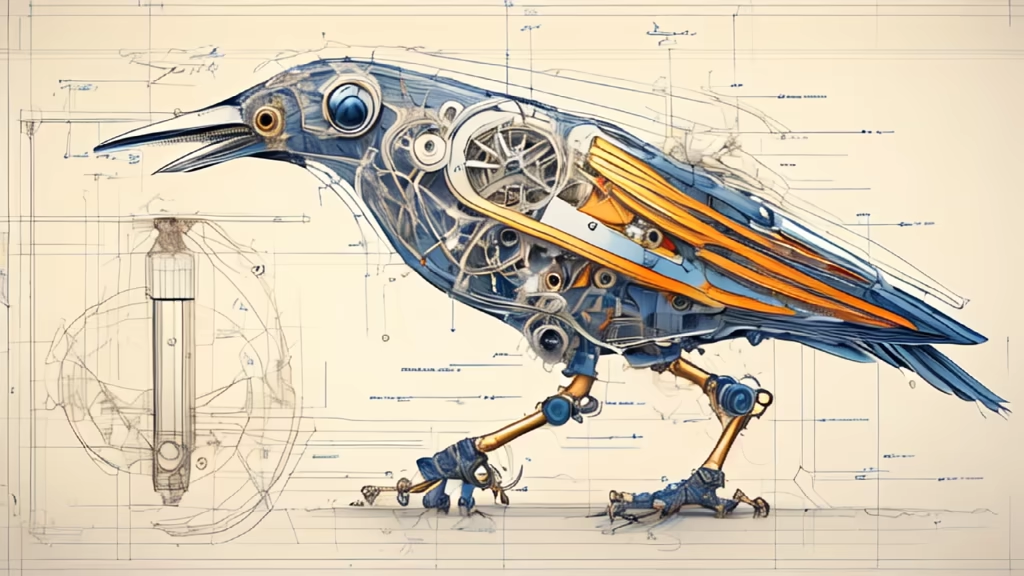


Prompt: Feast festival carnival, night, dazzling lights, gourmet restaurant, exaggerated food decoration, colorful balloons and ribbons, mascot interaction, bustling streets, faces full of smiles, stage music and laughter, Disney style, colorful, smooth lines, rich details.



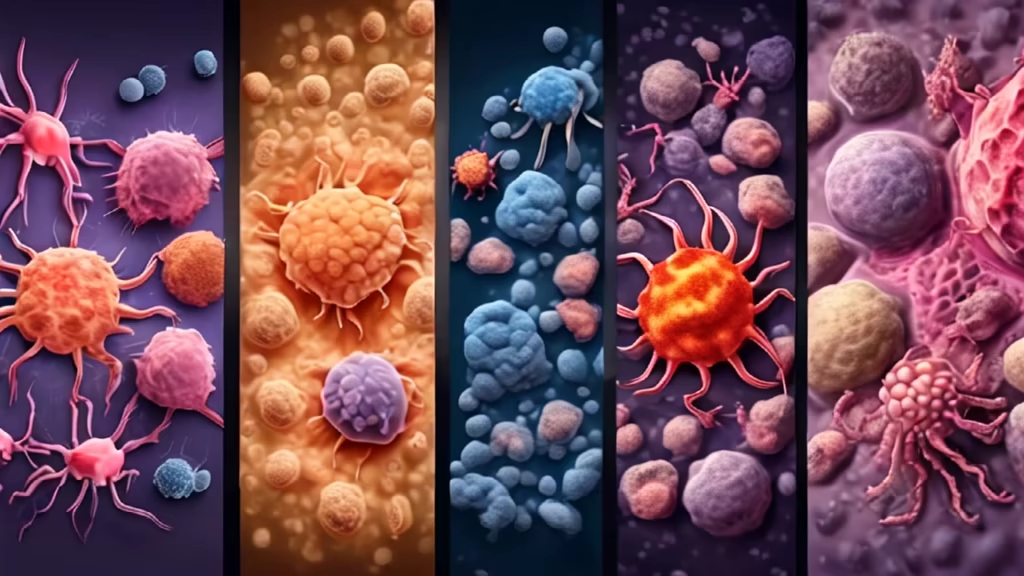

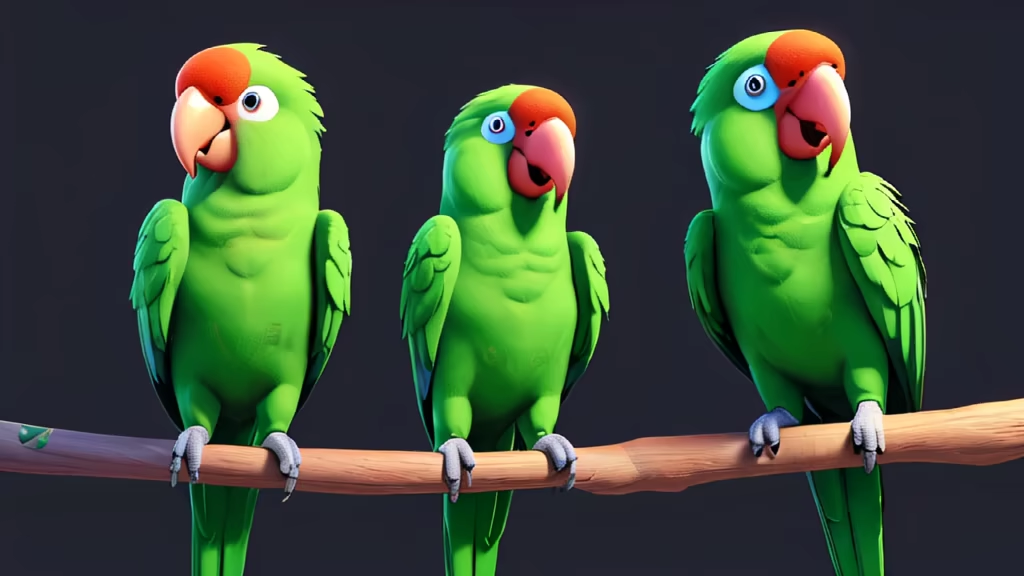


Prompt: The tamakai is a pale-feathered raptorial urvogel found in the mountains of Pakardia. In the recent description of it by the Assembly, the tamakai was found to be a second Pakardiant species of Cynoheirax, C. orovenator, though some argue for a unique genus given the lack of recorded hybridization with jackalbirds despite the range overlap, although the highlands are poorly explored. They have been likened to something like snow leopards or golden eagles, hunting larger prey like ibex by dragging it off a cliff using their flight and letting gravity make the kill. With large females pushing 40 pounds, tamakai are larger than jackalbirds and push the limits of an acrobatically volant bird, and though all raptorial urvogels have flanged flight feathers that help them fly silently, the tamakai exaggerates this trait, being as silent in flight as owls.
Style: Fantasy Art




